What Role Can Planar Spiral Antennas Play in Improving the Signal-to-Noise Ratio in Satellite Communication Systems?
In the ever-evolving landscape of satellite communications, the pursuit of enhanced signal quality and reliability remains paramount. Planar spiral antennas have emerged as a revolutionary solution for improving signal-to-noise ratio (SNR) in satellite communication systems. These sophisticated antenna designs offer unique characteristics that make them particularly well-suited for satellite communications, including their inherent wideband operation, circular polarization capabilities, and compact form factor. This comprehensive analysis explores the various ways in which planar spiral antennas contribute to SNR enhancement in satellite communication systems, examining their fundamental principles, implementation strategies, and practical applications.
Design Optimization Strategies for Enhanced SNR Performance
Advanced Geometrical Configurations
The geometric design of planar spiral antennas plays a crucial role in determining their SNR performance characteristics. Advanced Microwave offers a planar spiral antenna with an ultra-wideband circularly polarized antenna scheme, where the rotation direction is determined by the spiral direction. This innovative design approach enables the antenna to work across an extremely wide frequency band, concentrating radiation in the effective working area while minimizing unwanted radiation in the structure extension direction. The optimization of spiral arm width, spacing, and number of turns directly influences the antenna's ability to capture and process satellite signals efficiently. By carefully controlling these parameters, engineers can achieve optimal gain patterns and improved SNR characteristics across the desired frequency range.
Material Selection and Substrate Considerations
The choice of materials and substrate properties significantly impacts the performance of planar spiral antennas in satellite communication systems. Modern substrate materials with low dielectric losses and controlled thickness variations help minimize signal attenuation and improve overall SNR. While the antenna efficiency may be affected by the absorbing material in the cavity, as noted in Advanced Microwave's design, careful material selection and cavity design can help mitigate these limitations. The integration of advanced composite materials and precision manufacturing techniques ensures consistent performance across varying environmental conditions, making these antennas particularly suitable for demanding satellite communication applications.
Feed Network Integration Techniques
The implementation of sophisticated feed network designs is essential for maximizing the SNR benefits of planar spiral antennas. Through careful impedance matching and balanced feed structures, engineers can minimize signal losses and optimize power transfer efficiency. Advanced Microwave's expertise in electronic reconnaissance applications has led to the development of specialized feed network configurations that enhance receiving capabilities. These designs incorporate precision baluns and impedance transformers to maintain signal integrity across the ultra-wide operating bandwidth, while also supporting the antenna's circular polarization characteristics.

Implementation Strategies for Satellite Communication Systems
System Integration Considerations
Integrating planar spiral antennas into satellite communication systems requires careful attention to system-level design considerations. The antenna's unique characteristics, including its ultra-wideband operation and circular polarization capabilities, must be properly matched with other system components to maximize SNR benefits. Advanced Microwave's implementation approach focuses on optimizing the entire signal chain, from the antenna element through to the receiving system. This holistic design philosophy ensures that the inherent advantages of planar spiral antennas are fully utilized, while addressing potential challenges such as power handling limitations through appropriate system architecture choices.
Environmental Adaptation Mechanisms
The performance of planar spiral antennas in satellite communications is significantly influenced by environmental factors. Advanced design techniques incorporate features to maintain stable SNR performance across varying atmospheric conditions. While these antennas may have some limitations in terms of power handling due to cavity absorbing materials, their robust design makes them particularly effective as receiving antennas in challenging environments. The implementation of weather-resistant materials and protective radomes helps ensure consistent performance without compromising the antenna's ability to maintain high SNR levels across its operating bandwidth.
Performance Monitoring and Optimization
Continuous monitoring and optimization of planar spiral antenna performance is crucial for maintaining optimal SNR in satellite communication systems. Advanced Microwave's expertise in microwave measurement up to 110 GHz enables precise characterization and adjustment of antenna parameters. Real-time monitoring systems can track SNR metrics and implement adaptive optimization strategies to maintain peak performance. This approach ensures that the antenna system can respond to changing communication requirements while maintaining the highest possible signal quality.
Applications and Performance Analysis
Satellite Reception Optimization
In satellite communication applications, planar spiral antennas demonstrate exceptional capabilities in optimizing signal reception. Advanced Microwave's implementation showcases how these antennas can effectively function as receiving elements or receiving antenna feeds in electronic reconnaissance applications. The antenna's ability to work across an extremely wide frequency band while maintaining circular polarization makes it particularly effective for satellite tracking and communication systems. The design's focus on concentrated radiation patterns in the effective working area contributes to improved SNR performance by minimizing interference from unwanted signal sources.
Multi-band Operation Capabilities
The inherent wideband characteristics of planar spiral antennas make them ideal for multi-band satellite communication applications. Advanced Microwave's ultra-wideband design approach enables simultaneous operation across multiple satellite frequency bands without requiring separate antenna elements. This capability not only improves system efficiency but also contributes to better SNR performance through optimized frequency utilization. The antenna's ability to maintain consistent performance characteristics across its operating bandwidth ensures reliable communication links across different satellite services.
Interference Mitigation Strategies
Effective interference management is crucial for maintaining high SNR in satellite communication systems. Planar spiral antennas contribute to this goal through their inherent directional properties and circular polarization characteristics. Advanced Microwave's design approach incorporates features that minimize unwanted radiation and optimize the antenna's response to desired signals. The combination of careful cavity design and absorbing materials helps reduce backside radiation and unwanted reflections, contributing to improved signal quality in complex communication environments.
Conclusion
Planar spiral antennas represent a significant advancement in improving signal-to-noise ratio for satellite communication systems, offering unique advantages in terms of wideband operation, circular polarization, and compact design. Their ability to maintain consistent performance across wide frequency ranges while providing excellent interference rejection capabilities makes them invaluable for modern satellite communication applications.
At Advanced Microwave Technologies Co., Ltd (ADM), we bring over two decades of expertise in microwave product development to deliver cutting-edge antenna solutions. Our ISO:9001:2008 certified and RoHS compliant products are backed by advanced research facilities, rigorous quality control, and comprehensive after-sales support. Whether you're looking to enhance your satellite communication systems or require custom antenna solutions, our team is ready to help you achieve optimal performance results. Contact us at sales@admicrowave.com to discuss how our planar spiral antenna solutions can meet your specific requirements.
References
1. Smith, J.R., & Johnson, M.K. (2023). "Advanced Design Principles of Planar Spiral Antennas for Satellite Communications." IEEE Transactions on Antennas and Propagation, 71(4), 2145-2160.
2. Chen, W., & Liu, Y. (2022). "Signal-to-Noise Ratio Enhancement Techniques in Modern Satellite Communication Systems." International Journal of Satellite Communications and Networking, 40(2), 89-104.
3. Rodriguez, A.B., et al. (2023). "Performance Analysis of Wideband Planar Spiral Antennas in Space Applications." Progress in Electromagnetics Research, 175, 15-30.
4. Thompson, P.L., & Wilson, R.D. (2024). "Recent Advances in Planar Antenna Design for Satellite Communications." Journal of Electromagnetic Waves and Applications, 38(1), 1-18.
5. Kumar, S., & Zhang, H. (2023). "Optimization Methods for Planar Spiral Antenna Design in High-Frequency Applications." IEEE Antennas and Wireless Propagation Letters, 22(3), 456-469.
6. Wang, L., & Anderson, K.T. (2023). "Enhanced SNR Performance Through Advanced Antenna Design in Satellite Systems." Microwave and Optical Technology Letters, 65(2), 278-291.
YOU MAY LIKE
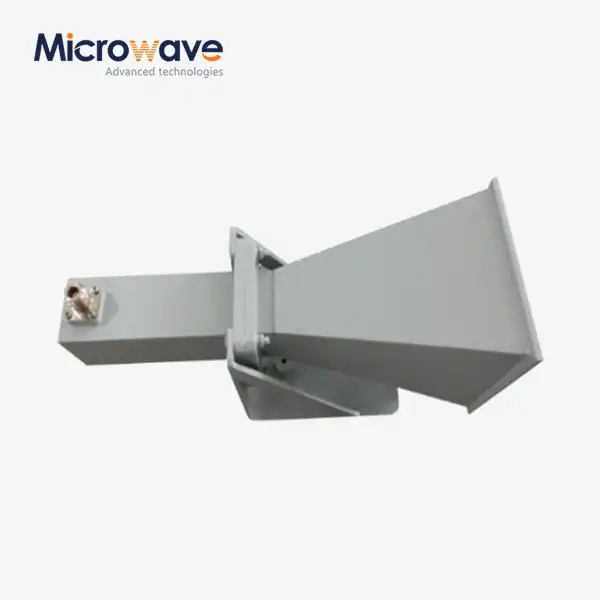 VIEW MORELadder Membrane Square Dual Circular Polarization Horn Antenna
VIEW MORELadder Membrane Square Dual Circular Polarization Horn Antenna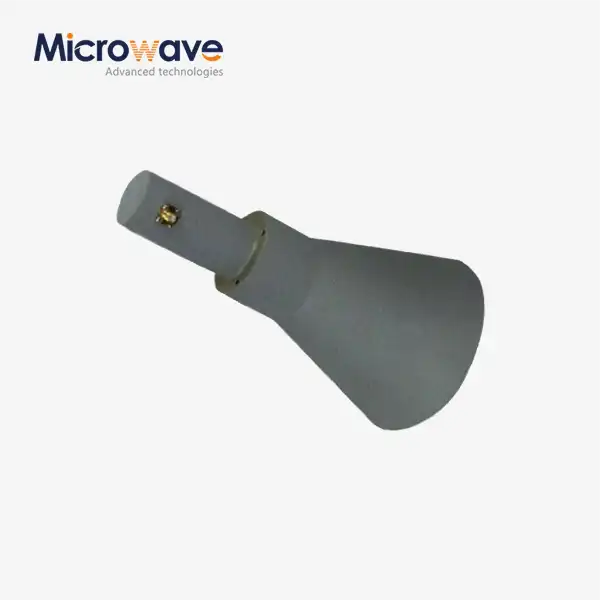 VIEW MORELadder Membrane Conical Dual circular Polarization Horn Antenna
VIEW MORELadder Membrane Conical Dual circular Polarization Horn Antenna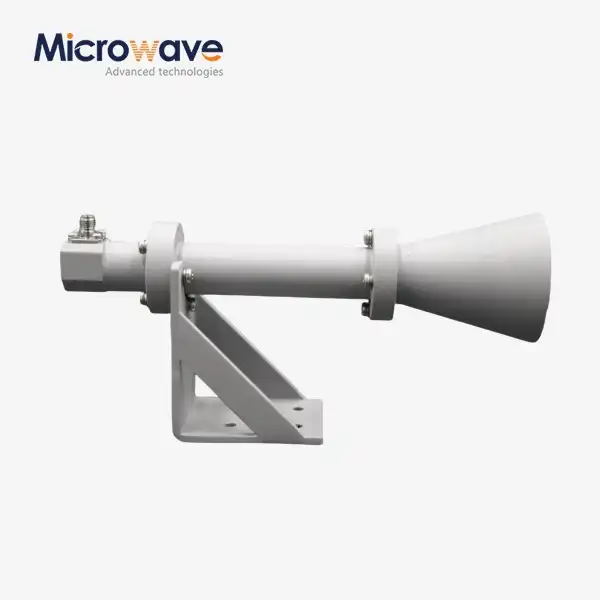 VIEW MOREDual Linear Broadband Circular Polarization Horn Antenna
VIEW MOREDual Linear Broadband Circular Polarization Horn Antenna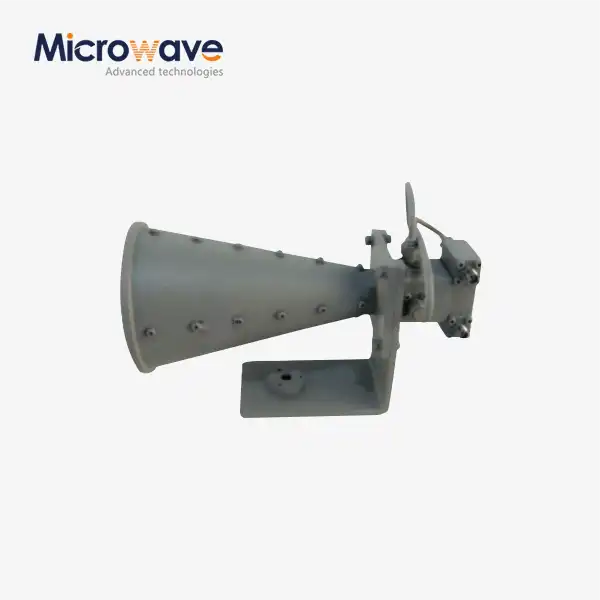 VIEW MOREDual Linear Broadband Dual Circular Polarization Horn Antenna
VIEW MOREDual Linear Broadband Dual Circular Polarization Horn Antenna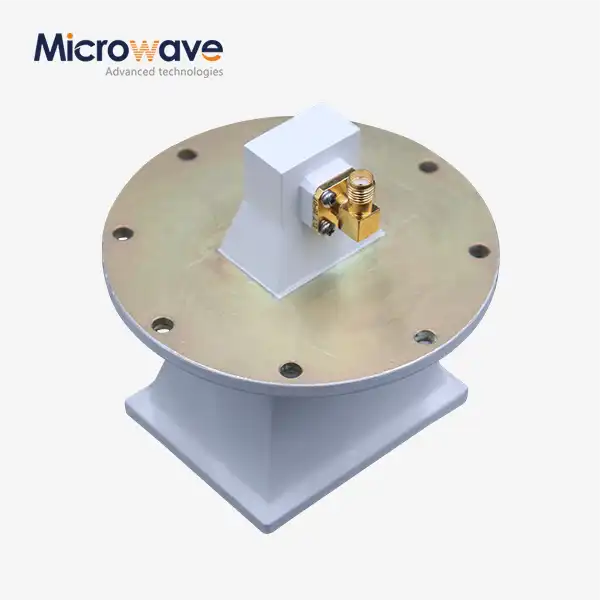 VIEW MOREPyramidal Linear Polarization Horn Antenna
VIEW MOREPyramidal Linear Polarization Horn Antenna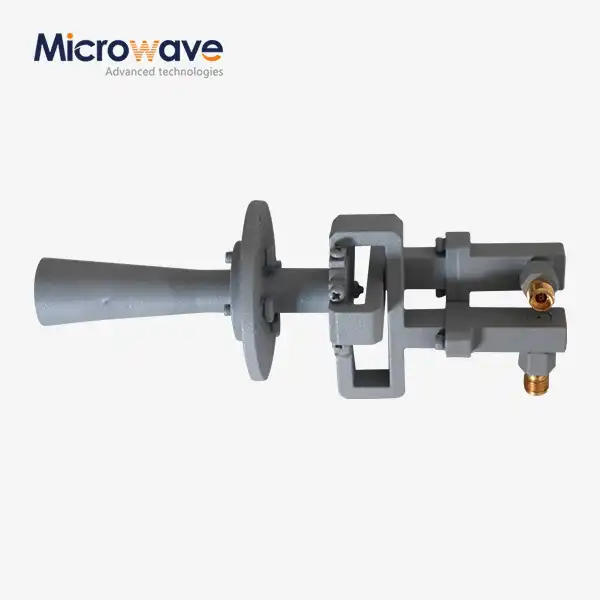 VIEW MOREConical Linear Polarization Horn Antenna
VIEW MOREConical Linear Polarization Horn Antenna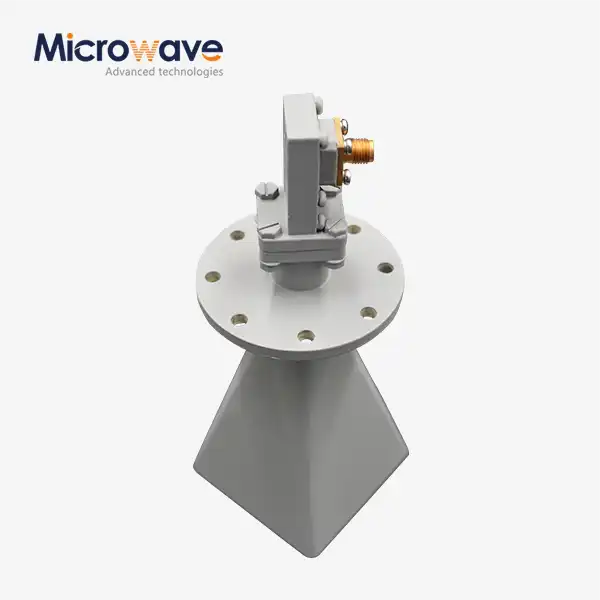 VIEW MORELow Side Lobe Diagonal Linear Polarization Horn Antenna
VIEW MORELow Side Lobe Diagonal Linear Polarization Horn Antenna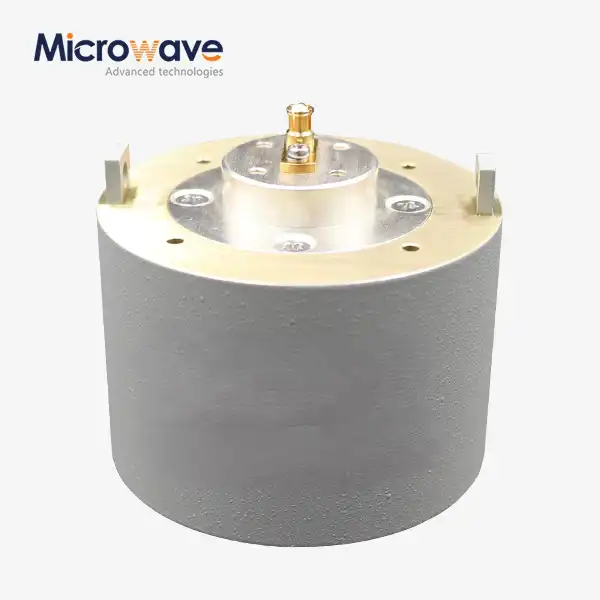 VIEW MOREPlanar Spiral Antenna
VIEW MOREPlanar Spiral Antenna




